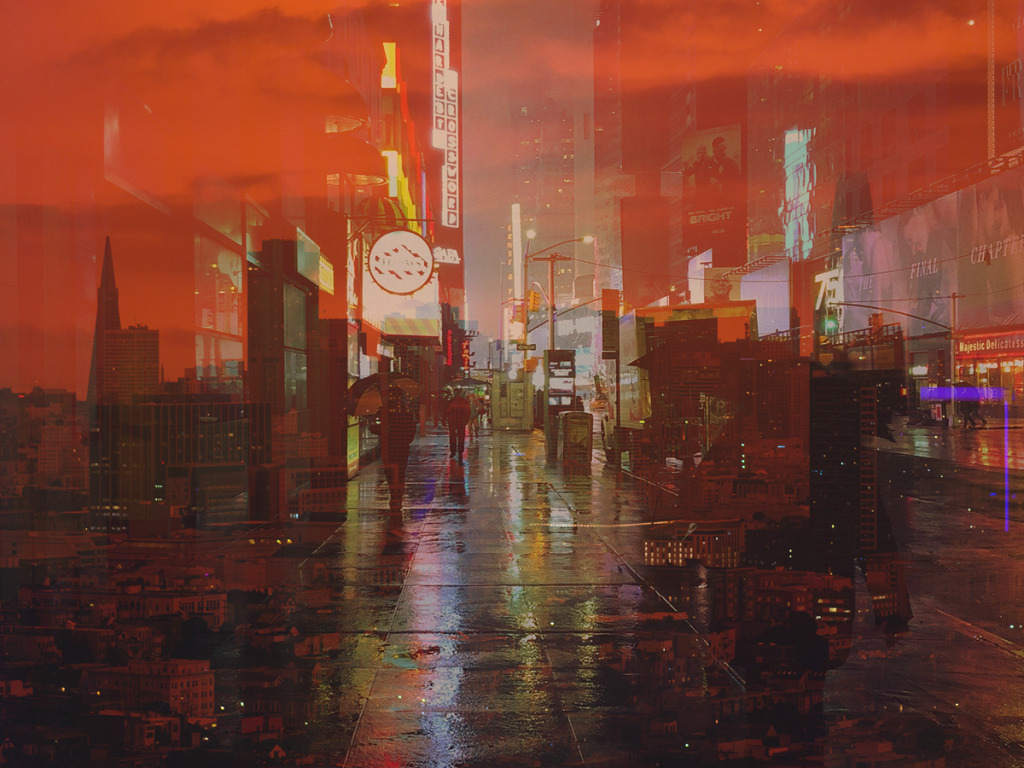Rebecca Pearson explores the role of dystopian fiction in contemporary society, exploring whether it is becoming a little too close for comfort to our current realities.
Once upon a time, dystopian fiction was the genre that readers sought after to escape from their present reality. Quite literally forming a speculative vision of the future, dystopian literature depicts societies in decline, imaginary places where Government oppression is pervasive, technology controls human minds, and a mysterious virus has run rampant across the globe…
Huh?
Dystopian literature is a compelling genre, that is, until it impinges on our ability to separate its imagined future with our reality. Solace in escapism risks becoming the equivalent of stepping out of your own front door.
There seems to be a fine line between the believable imaginary *that is still far enough in the future to be removed from our reality and its fears*, and the threat to our immediate reality. Authors have so often played with this fine line, using it to raise pertinent questions. Margaret Atwood famously used elements of female experience from history to create The Handmaid’s Tale. The conception of children via a handmaid, the novel’s Biblical references, and the inspiration taken from the Salem witch trials – the demonising and killing of innocent women – all became historical re-manifestations within Atwood’s book. Yet, look only so far as the red full-dresses worn by protestors in recent abortion rights disputes to see the leaching of fiction into reality.
The idea that history repeats itself is not new. Far-flung horrors of the past are so often re-embodied in the present. The ending of The Handmaid’s Tale plays with this idea, laughing at history rather than treating it objectively. Personifying history: ‘When they rang on her bell there was nobody there; fresh graffiti sprayed on her door, sh*t wrapped in a newspaper posted onto the floor’ – Carol Ann Duffy’s poem ‘History’ criticises our treatment of the past in vivid visual terms. Perhaps the threat of the past repeating itself has begun to take the shine away from future speculation.
In other, more recent, dystopian works, more contemporary fears surface. Sophie Mackintosh’s The Water Cure roots its dystopia in utopian pursuits – the upbringing of daughters in a sheltered world, away from the so-called toxicity of the mainland and its abusive men. In this world, the arrival of three men upon their island elicits the breakdown of the female body, according to the female subjects who have been taught that the presence of men is the reason for their ailments. Or can climate change explain the sensation of sudden heat that the girls experience? And can malnutrition explain Lia’s bleeding gums when she brushes her teeth? Dystopia, here, teeters awfully near to contemporary issues of adequate nutrition and environmental change. Reading Mackintosh’s novel, I couldn’t help but feel as if her narrative was slowly imploding. As the pieces of the novel were brought together, it symbolically begun to resemble the world outside my window that little bit more.
That being said, I don’t think the dystopian genre will ever cease to sell. Whilst fantasy is so often centred around the hyper-real and imaginary worlds – worlds in which there is no consequence upon our own, dystopian fiction begins to raise tough questions about the state of our world and the direction it is heading. Different genres have different implications and raise different questions, and all questions are important. They might just prevent the present from deteriorating. But I think that, whilst dystopia’s most recent explorations have raised interesting contemporary issues, their crossovers into the more immediate threats of our reality are alarming. Whilst this might not ever impact the genre’s sell-ability, its ability to offer the reader a form of catharsis begins to falter.
Edited by: Rebecca Pearson – Deputy Editor
Header designed by: Meg Crowther


